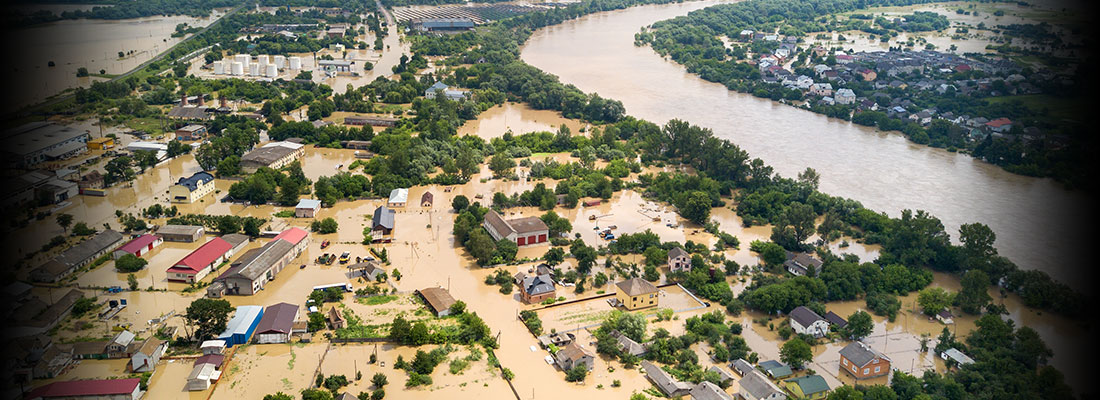

| PREVIOUS | HOME | NEXT |
Managing disaster in the face of climate change
by Resolve Editor Deb Eccleston
 Sharanjit Paddam has dedicated his 30-year career to analysing climate analytics, so if there’s anyone who can show you that climate change is real, it’s him.
Sharanjit Paddam has dedicated his 30-year career to analysing climate analytics, so if there’s anyone who can show you that climate change is real, it’s him.
The Finity Consulting Climate Analytics Principal advises insurers, banks, investors and governments on perils and climate risk assessment, managing strategy and reporting.
Addressing delegates at the AILA 2024 National Conference, Mr Paddam (pictured right) said rising insurance premiums was a huge challenge in Australia.
The Australian Actuaries Home Insurance Affordability Index showed the premiums of 1.6 million households in Australia (12 percent) cost more than a month worth of gross household income – an increase of 30 percent since 2022.
And with the threat of natural disasters rising each year, the trend looks set to continue. While most households are paying less than two weeks of their household income for home insurance, the challenge is how to balance the two extremes.
Natural disasters
Mr Paddam said one of the main drivers of increasing insurance premiums was the costs associated with natural disasters, which hit reinsurers the hardest.
“They are the ones who are really facing it,” he said.
Flood issues continue to be the main driver of affordability issues, with the average flood premium for stressed households being 16 times higher than for non-stressed households.
While the effects of insurance affordability are being felt Australia-wide, some states are impacted more than others, particularly in the northern part of the country and parts of southern Queensland and northern New South Wales.
Interestingly, if you were to overlay the areas at risk of natural disaster – primarily flood – with a map of areas facing home affordability stress, you would see “patterns emerging” Mr Paddam said.
“What we're doing is we're taking our people with the lowest economic resources, the lowest incomes, which are perhaps the most vulnerable socioeconomically, and we're putting them in our most vulnerable houses from a disaster perspective,” he said.
“This happens because if you think about it, people on lower incomes can only afford cheaper housing, which tends to be at the edges of cities in our flood zones or at the border between the bush and the city where there’s more risk of bushfires.
“The riskier places are the cheaper places, and that's causing part of some of the socioeconomic issues we're seeing.”
So, what’s the solution? Put simply – to reduce insurance premiums you need to reduce risk. And while reinsurance pools provide temporary relief, Mr Paddam warned they are not financially sustainable.
In fact, pooling risks making the problem worse by incentivising development in high-risk areas.
Mr Paddam said implementing household resilience measures, better building standards, community resilience measures (such as levees and hazard reduction) and buybacks of high-risk properties were better long-term solutions.
“We try and get governments to think about this because actually a lot of these solutions to the disaster cost effect will involve government,” he said.
“The government really is the key and we're already seeing governments come to the table with significant amounts of money for buybacks.”
Insurers and banks also play an important role in building resilience, he said, providing tools and products that help consumers assess and reduce the risk of property damage due to natural disaster.
“Risk is our business and is actually a good thing for insurers and it's a good thing for the legal fraternity that support the insurance market – risk is what insurance is all about,” he said.
“This is where we step up and in fact, the opportunities here are huge. But you have to think about the unknown unknowns.”
Photo credit: AILA 2024 Conference photos supplied warringtonphotography.com.
Resolve is the official publication of the Australian Insurance Law Association and
the New Zealand Insurance Law Association.

